Hong Kong’s Anaphe is much more than another dress on a hanger
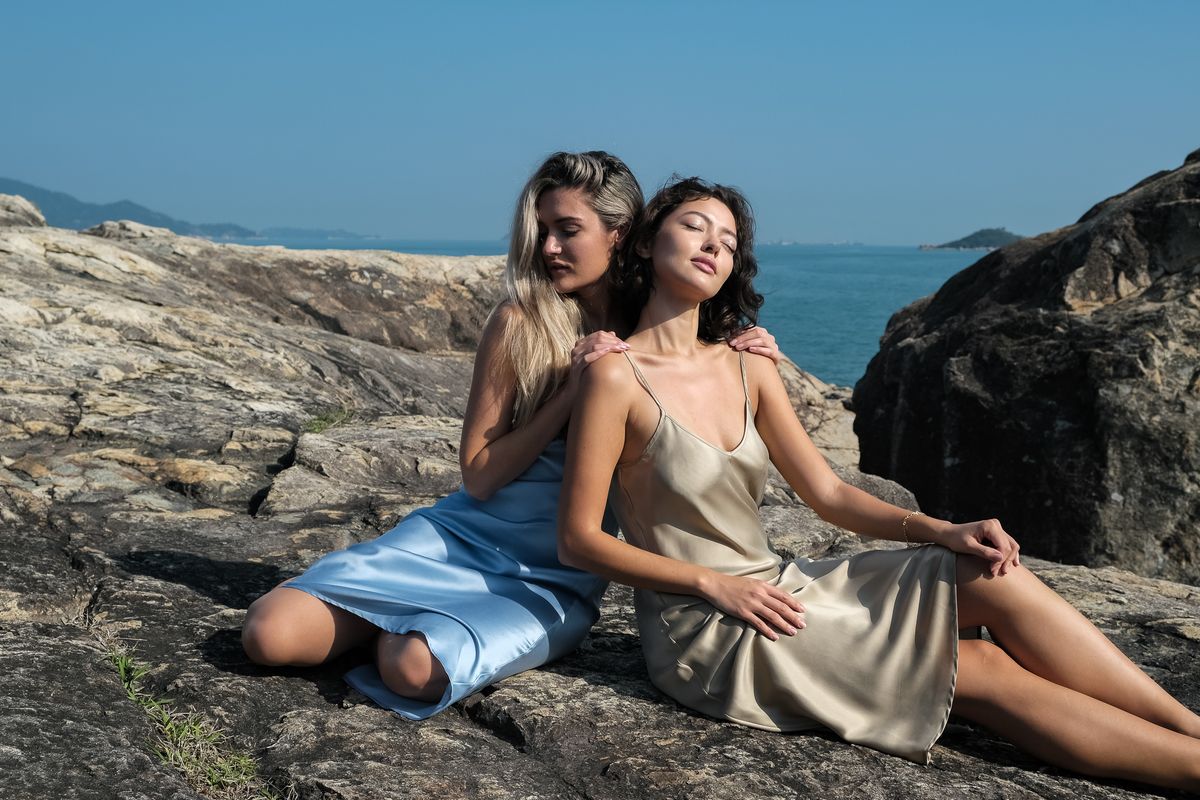
A few minutes every morning is all you need.
Stay up to date on the world's Headlines and Human Stories. It's fun, it's factual, it's fluff-free.
With more education around the inner workings of fast fashion and increased awareness around things like climate change, consumers are now becoming more aware of the politics and impact of off-the-rack clothing. About two decades ago, fast fashion really took off as clothes became cheaper, trend cycles became more short-lived and shopping became a common pastime. Today, though, younger generations are leading the shift toward more sustainable clothing.
Some brands have stepped up to the plate to deliver ethically-made clothing to satisfy this demand. TMS spoke with the founder of Hong Kong’s Anaphe, Katy Poyner, about the concept behind her slow fashion silk brand and what it was like breaking into the Hong Kong clothing market.
The idea behind Anaphe
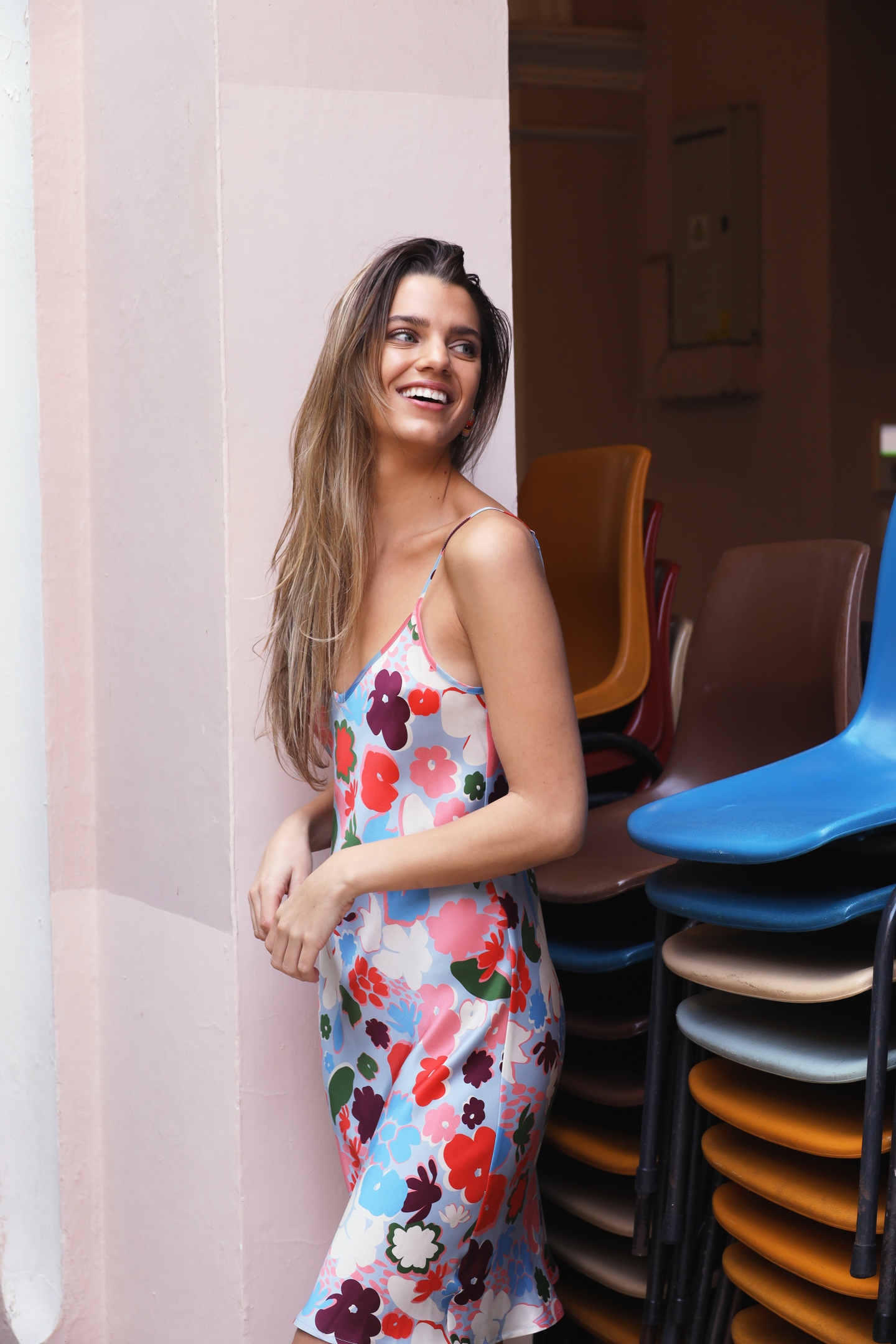
Moving to Hong Kong three years ago from the Middle East, Poyner found the inspiration and motivation for her brand amid the rampant fast fashion you find throughout the city.
“So, the materials and the products that are available in Hong Kong were really poor." Poyner says. “It was like polyester and plastics, and just things that have a huge impact on our environment. I couldn’t find anything that was reasonably priced or anything that was natural."
Launching the company in 2019, Poyner describes it as a “COVID baby." Her team has been working on the designs for three years, but the brand only launched officially one year ago.
“It started three years ago," Poyner says. “But it’s been since I was really young. I’ve always been into fabrics and what’s sustainable and what’s not sustainable – and where fabrics actually come from," Poyner points out.
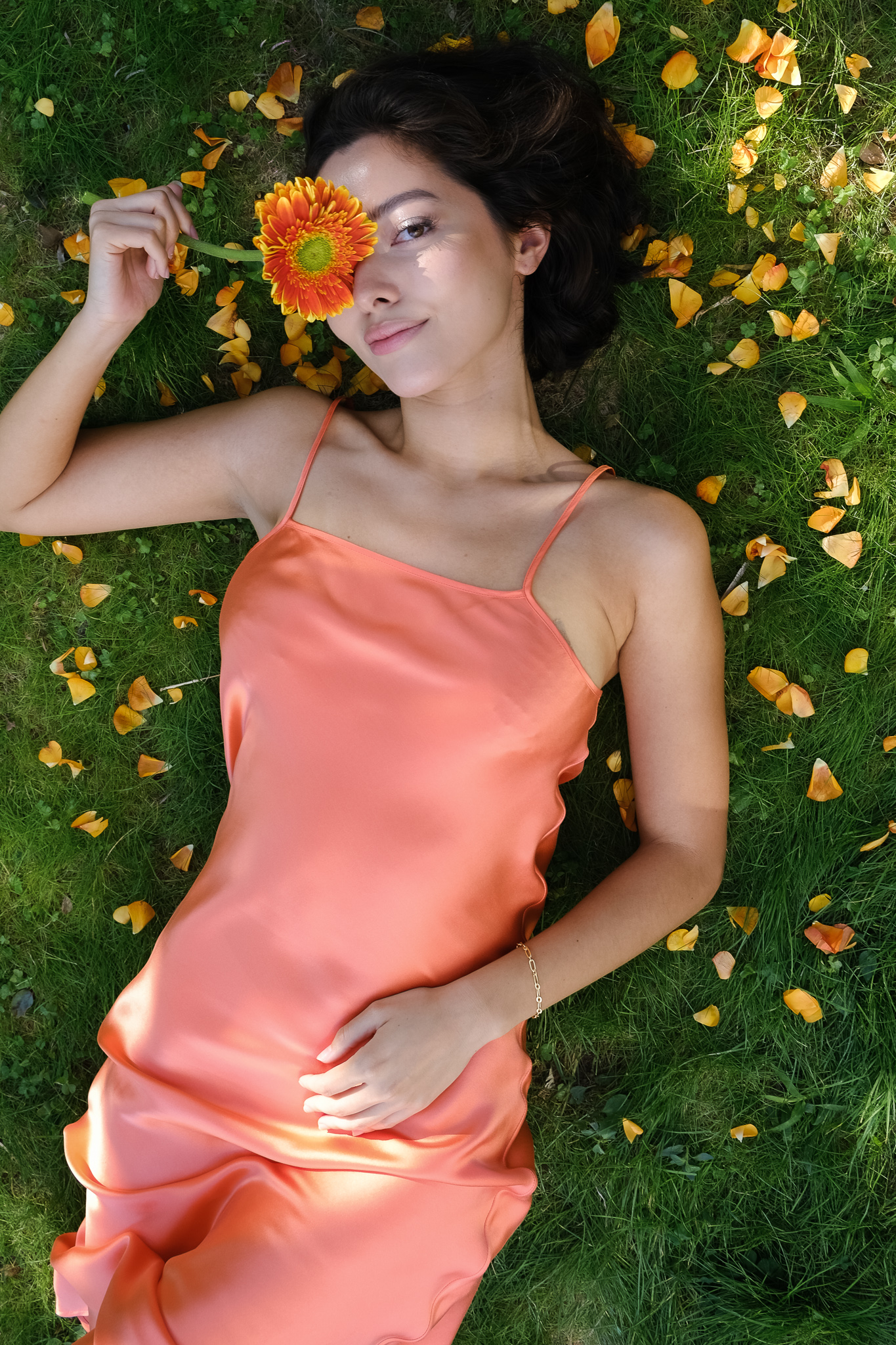
So, for Anaphe, silk was a natural choice. In terms of textiles, silk is considered a more sustainable fiber – it’s renewable, can biodegrade and uses less water, chemicals and energy than other fibers.
Poyner is going for timelessness when it comes to the pieces and how they’ve been designed.
“We’re pushing forward with a product that is high quality, something that will last, something that [the customer] can keep," says Poyner. “They’re not going to just wear it this season when they’re in Hong Kong and can’t travel. They can keep this for 10 years. You can wear it for decades. It’s something that you’re not going to have to get rid of. It’s a timeless piece."
Breaking into the fashion industry in Hong Kong
Anaphe’s idea of slow fashion and timeless pieces made to be worn for many years seems to be catching on.
“So we’ve also been pushing that forward in Hong Kong, and people are really starting to get on board with that idea of just not changing their clothes every season and actually thinking, ‘Oh, I can I can make this work for next season, season after – it can grow with me, it can change my body shape.’ So, I think they’re really starting to understand that now here, which has really helped with our business, of course."
But, one of the major roadblocks Poyner has faced in creating a viable slow-fashion brand has been selling the idea of slow fashion to Hong Kong consumers.
“We were trying to educate people on the fact that there’s more to a dress than just going into a store and buying and thinking, ‘Oh, that was a good deal. It was US$10.’ And then, looking back and thinking, ‘Well, why was it US$10?’ Because how can they produce it for that? How can they even make material for that? Is that material going to be quality? How does that material impact our environment?
“Of course, if it’s that price, then it’s made from plastic, for sure. There’s nothing good in that dress.
“So we approached it from the standpoint that we’re paying workers fairly. We pay them way above average. The quality of our product is going to last you for decades; it’s not just going to be something you wear once. It can be worn multiple ways. It reduces the need for excess. And then when people started to understand that, then they fell in love with our designs, because our designs are quite flattering."
Size inclusivity is another priority Anaphe finds important and one which Poyner also personally experienced as an issue in Hong Kong.
“I’m classed as an extra-large in Asian sizing,” she says. “So it’s also from the point that I couldn’t find anything to wear here. 15% of the population here is expats – they’re also struggling with the same idea. And it’s just not inclusive. So I wanted to create a brand that was inclusive and sustainable."
Everyone’s bodies are bound to change over time, and with items that are made to last many years, they have to be not only size-inclusive but also size-adaptable. Poyner addresses this thought throughout her brand’s concept.
“[For example, our] small can be worn from two sizes down to two sizes up, and it still looks perfect on every person who puts it on, and that’s because of the drape."
Sustainability and ethics in Hong Kong fashion

Apart from using silk, Poyner has also implemented a few other methods for making sure her brand is as ethical and environmentally friendly as possible. Poyner shares that Anaphe prioritizes creating clothing on demand rather than overstocking.
“[We may] produce more based on demand, not based on profit or anything like that," Poyner says. “Just based on what demand there is at that time. And generally, we’re always under, so we never produce enough. But I prefer to produce less than to over-produce. It’s just part of our whole ethos."
The brand is currently experimenting with the idea of starting a community of customers to swap their Anaphe products. Poyner calls this project the “Swap Shop."
“What we’re trying to create right now is a community of people who have bought our products that can then exchange with other people within the community," says Poyner. “So they don’t need to go buy another dress from us – they can just swap with somebody in the community, and then they can have the size that fits them at that time. And if that doesn’t work and there’s nobody able to swap, then what we’re trying to do is buy them back from the customer."
When shopping with Anaphe, customers also can offset the carbon footprint of their purchase. “Our carbon footprint program is linked to a project in Vietnam called Tontoton," says Poyner. “And they basically employ workers to collect plastic from the ocean but specifically looking at microplastics.
“They actually pay for the microplastics to be picked out, which is where the carbon offset comes. So, the way that it works is you offset your carbon footprint, which then supports the project, and the workers are paid a great wage to be able to pick up the microplastics, which overall improves our environment."
Finding the right organizations to work with in Hong Kong has been a challenge Anaphe is meeting head-on. “It’s actually been quite difficult in Hong Kong, just because it’s really hard to trace back where the materials are coming from for your factory," she says. “So we had to do quite a lot of research. And we’ve had multiple factories that we’ve had to work with just so that we’re open to transparency.
“Basically, there’s quite a few that we approached, who were just like, ‘Oh, no, we can’t do that, we can’t do this, we can’t tell you this, we can’t tell you that.’ And that just wasn’t acceptable … We kept researching and researching, and that took around nine months to find the correct people to work with.
“The way we managed to do it is by employing a lady who speaks Cantonese and Mandarin, so she could directly speak with the workers … and so, she was able to communicate directly with, not just the people who we work with, such as the design assistants to help us with sampling or anything like that, but also the workers who are making the clothes. So we have direct communication lines of the workers, and we know that they’re paid fairly.
“The factory we work with is really small. It’s not one of these huge scale, private projects. It’s just one room, one floor, one set of people with less than 50 people working there in the whole company, which is really quite small for a factory. … It was just when we found these people to work with – it was like finding a gem."
Creativity within Anaphe
One of the elements Anaphe is experimenting with is unique print work. For example, they’ve created an elephant print which was their first foray into dynamic print usage. This print was special, as every print sold went to support the Elephant Nature Park during COVID when the sanctuary did not have enough volunteers or visitors to support their programs.
“So, in this project, we wanted to highlight that you can still go see the elephants, you can still go volunteer, you can still go and experience being around elephants, but in a way that it’s actually ethical, rather than just falling into these tourist traps," points out Poyner.
“And it’s not always the tourist’s fault. These places, they highlight themselves as being nature parks where you can ride an elephant. But that’s the key thing. If a nature park tells you that you can ride an elephant, then that’s not a nature park. Because African elephants, their spines are so weak. So I created this print alongside an illustrator in Sri Lanka … The illustrator in Sri Lanka was a freelance illustrator, so we employed him to basically bring this project to life, because my drawings of elephants are terrible."
“For every print that we created, a minimum of US$25 from every print went to the Elephant Nature Park so that they could buy food for the elephants. So the reason that came around at that time was to do with COVID.
“COVID was stopping people going to volunteer at the Elephant Nature Park because they survive by having volunteers go there. Like I did myself five years ago. I went there, I volunteered, I fed the elephants, I bathed the elephants and basically cared for them every day. And that’s something that you can pay to go do."
“It was absolutely amazing experience," recalls Poyner. “It’s fantastic. But in you paying, you’re paying basically for the elephant to eat when you go there. But because of COVID, nobody could visit for almost three years to the nature parks. So they were really struggling for money and food to feed the elephants."
In the future, Anaphe already has plans for more print projects that would support other causes, like saving the bees and drawing awareness of rising sea levels.
“We want people to know our story and understand where we’re coming from," says Poyner. She emphasizes that Anaphe clothing is not “just another dress on a hanger."




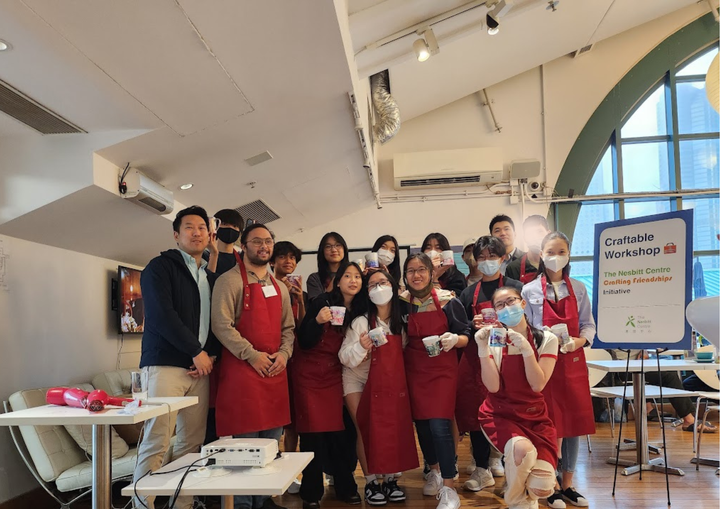
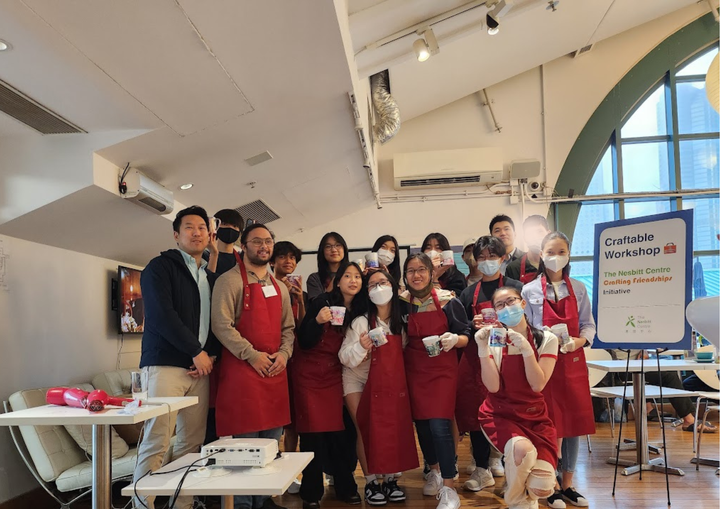

Comments ()